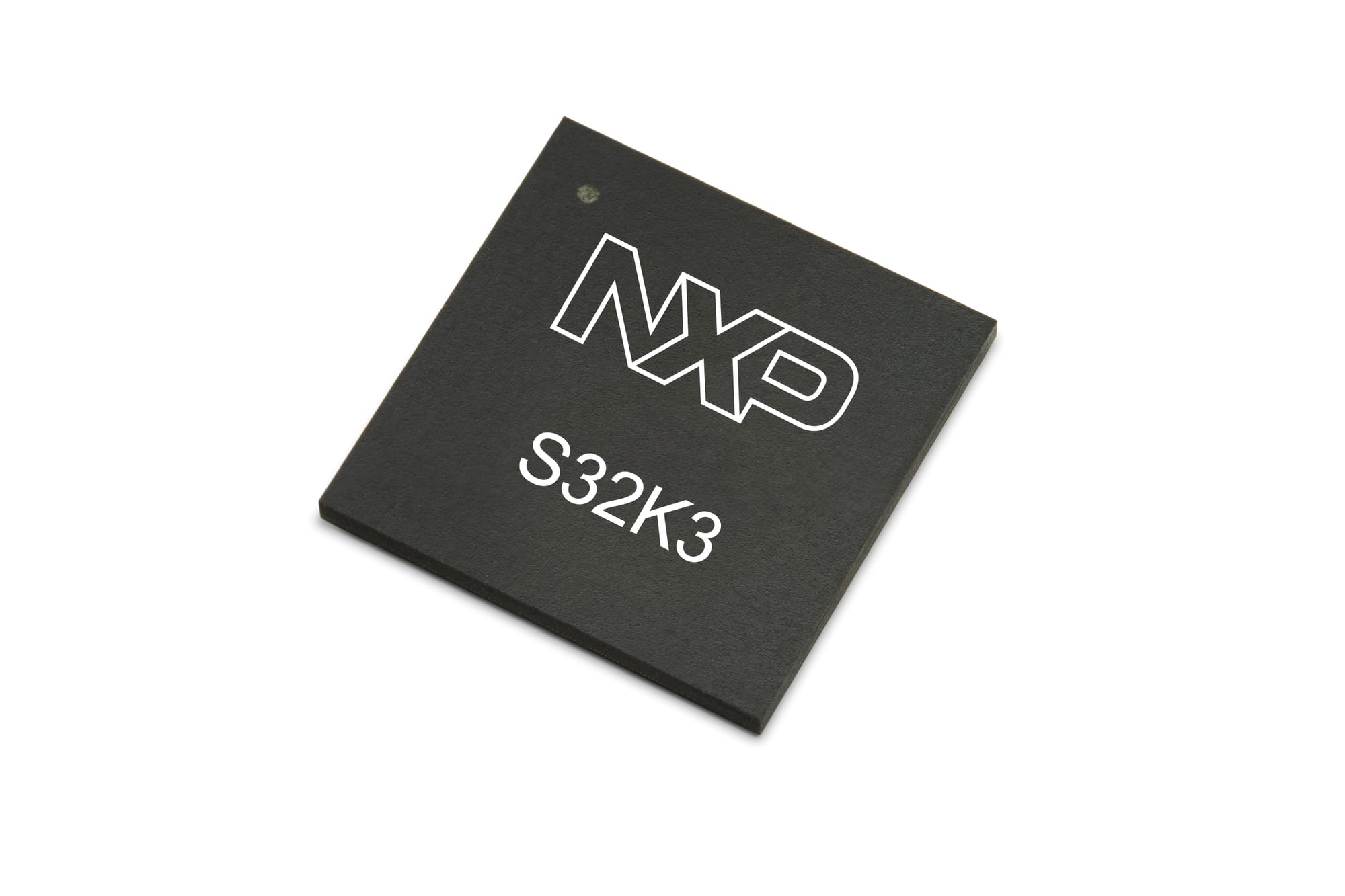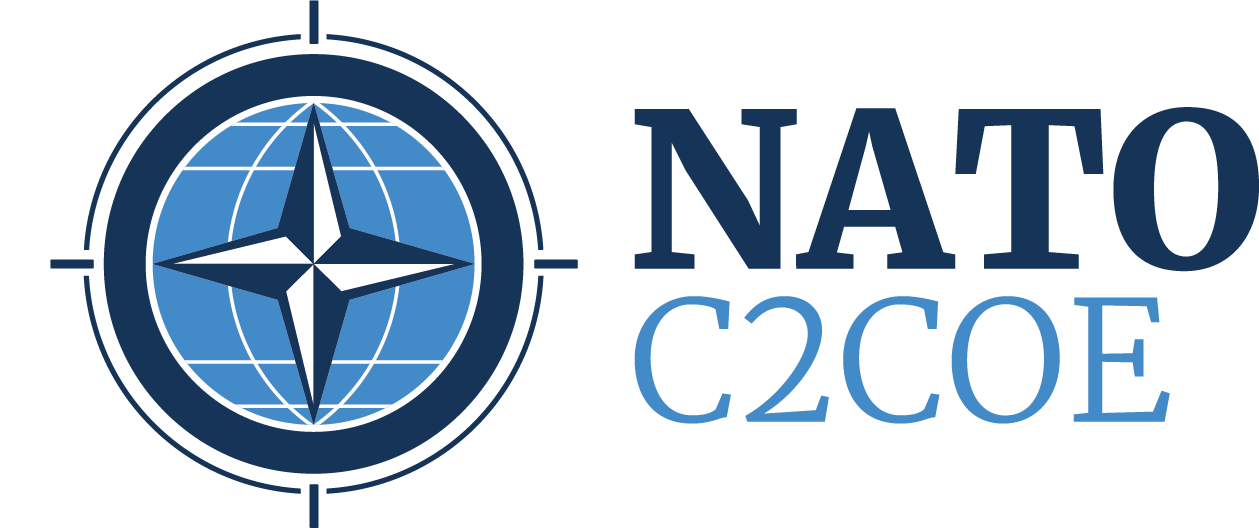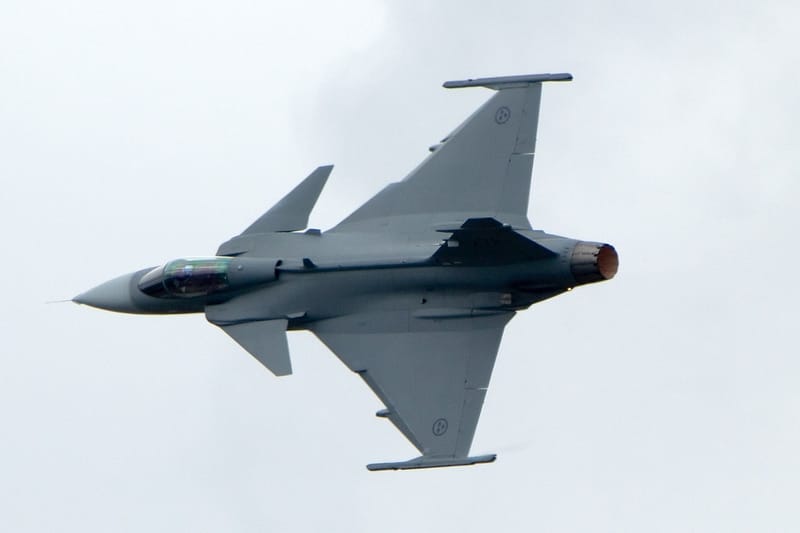RENK-NXP Alliance Targets AI-Ready Propulsion Systems for Land and Naval Forces
Strategic collaboration brings edge computing, AI, and secure digital control to RENK’s next-gen drive systems—targeting C5ISR, autonomous operations, and hybrid-electric propulsion.

RENK Group AG, a leading German developer of high-performance propulsion and drive systems for defense, marine, and industrial sectors, has announced a strategic partnership with NXP Semiconductors. The collaboration introduces a transformative initiative in "Software-Defined Mobility," designed to integrate advanced digital control layers, real-time analytics, and modular software-hardware systems into RENK's mobility platforms.
The partnership is a building-block of RENK’s broader digital transformation strategy. The company, which posted revenues of EUR 926 million in 2023 and is publicly traded on the Frankfurt Stock Exchange since February 2024, is deepening its commitment to embedded intelligence and system-level automation.
Strategic Vision: Smart Propulsion and Autonomous-Capable Systems
The initiative will create a foundational architecture enabling:
- Software-defined control over mechanical drive units
- Integration with Internet of Military Things (IoMT) and vehicle telemetry systems
- Scalable sensor fusion for real-time decision-making
- Over-the-air (OTA) updates for long-lifecycle platforms
RENK’s digital transformation effort focuses on embedding secure, reconfigurable software layers into the propulsion control stack. This allows drive systems to dynamically adapt to mission profiles, threat environments, and terrain types—critical for both battlefield resilience and inter-operability in multinational deployments.
NXP’s S32G processors, for example, already serve as the core of advanced zonal architectures in commercial automotive. Their application in defense-grade mobility opens new pathways for:
- Functional safety and cyber-resilient operation (ISO 26262 / IEC 61508 alignment)
- Edge-based AI inference to support predictive diagnostics, energy optimization, and mission-based decision-making
- Secure CAN and TSN networking for high-reliability, real-time in-vehicle communications

Großwald Curated:
Hardware Abstraction Layers & Middleware Frameworks A Next Logical Step?
RENK is reportedly exploring—or may pursue—the development of a hardware abstraction layer (HAL) and middleware framework to enable a modular, plug-and-play architecture. Such developments would align with ongoing industry trends in digital defense platforms.
While not explicitly detailed in the current partnership announcement, these kinds of architectures align with emerging U.S. Department of Defense standards for Modular Open Systems Architecture (MOSA) and may reflect a broader movement among NATO-aligned forces toward modularity and open digital integration.
Potential applications of this foundational framework may include:
- Support for autonomous-capable land vehicles, including unmanned or optionally crewed configurations
- Enhancement of naval system integration, such as interfacing with Integrated Platform Management Systems (IPMS)
- Facilitation of hybrid-electric propulsion strategies, allowing for energy optimization and noise-reduced operations in sensitive environments
These use cases represent likely directions for software-defined mobility in defense, but should be understood as prospective applications rather than confirmed deliverables. RENK’s architecture may be positioned to support future integration with coalition-based command structures, including compatibility with NATO’s Federated Mission Networking (FMN) and broader C5ISR frameworks—contingent on system-level interoperability and certification.
By drawing on NXP’s capabilities in secure edge computing and embedded control, RENK is poised to develop platform-agnostic solutions that address the needs of high-demand, digitally integrated environments—from heavy armored vehicles to naval propulsion ecosystems and energy-critical applications.

RENK-NXP-Partnership: Leadership Commentary
Dr. Alexander Sagel, CEO of RENK Group AG, stated:
“Through this collaboration, RENK is aligning its mechanical engineering legacy with next-generation software engineering. We’re building systems that can adapt, learn, and evolve over their operational lifespan.”
Lars Reger, CTO at NXP Semiconductors, noted:
“Software-defined systems are the future of mobility, and RENK's global leadership in mission-critical drive technologies makes them an ideal partner for scalable, secure, and high-performance innovation.”
RENK-NXP-Partnership: Implications for Defense and Industry
Software-defined propulsion is poised to transform:
- Land Forces Mobility: Smart transmissions, predictive diagnostics, and hybrid-electric drivetrains
- Naval Systems: Real-time energy management, platform-wide sensor integration
- Industrial Applications: Digital twins, lifecycle monitoring, and adaptive control algorithms
This approach not only reduces total cost of ownership but also enhances resilience, autonomy, and operational continuity across domains.
About RENK Group AG
Headquartered in Augsburg, Germany, RENK Group AG specializes in advanced propulsion systems used in tanks, naval vessels, and industrial plants. Its technology portfolio includes gearboxes, transmissions, couplings, and hybrid-electric drive solutions. RENK is a key supplier to NATO militaries, energy firms, and international OEMs.
Learn More from Grosswald.org:
- AI-Driven EO/IR Systems: The Future of C-UAS Defense
- Digitalizing Land Forces: Bundeswehr's D-LBO Initiative
- Unified OS for Unmanned Platforms: Rheinmetall & Auterion
- Electromagnetic Defense: HPEM & IEMI Capabilities
Tags: RENK, NXP Semiconductors, Software-Defined Mobility, Drive Systems, Embedded Intelligence, Defense Innovation, Naval Propulsion, IoT, Industrial Automation, C5ISR, Germany






